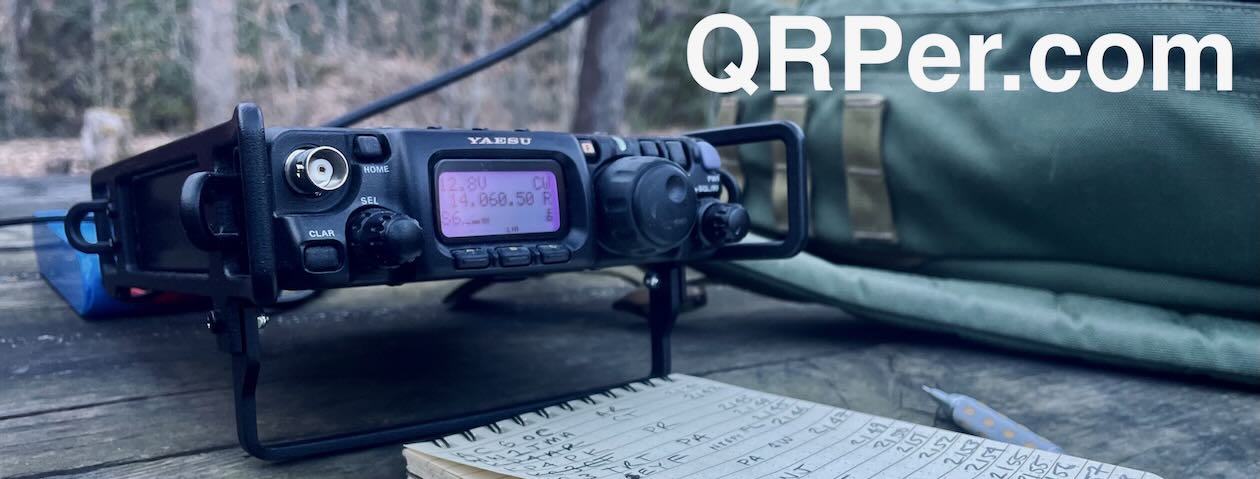The following article originally appeared in the April 2022 issue of The Spectrum Monitor magazine:
A review of the Xiegu X6100 portable SDR transceiver
by Thomas (K4SWL)
Do you remember when band scopes and spectrum displays started appearing on radios? It was a pretty phenomenal innovation. Being able to “see” what was in your neighborhood on a particular radio band was incredibly useful, especially to operators who like to hunt stations, and to DXers who wanted to follow the reply pattern of DX stations running split. Spectrum displays, among other things, gave operators an overall “big picture” of band activity, and it was truly insightful.
Additionally, the advent of SDR (software-defined radio) architecture made not only spectrum displays but also time-based waterfall displays accessible in radios of all price ranges.
From the perspective of both a ham radio operator and a shortwave radio listener, I can tell you that once you become accustomed to the benefits of a spectrum display, when you don’t have one, you feel like you’re cruising the band wearing blinders: it’s just that essential.
As a result, many hams and SWLs have come to rely on these features. No doubt customer demand has pushed manufacturers to include spectrum displays on almost all new SDR-based transceivers––even portable transceivers!
Enter the X6100
 In November 2021, China-based radio manufacturer, Xiegu, started shipping their latest SDR transceiver: the Xiegu X6100.
In November 2021, China-based radio manufacturer, Xiegu, started shipping their latest SDR transceiver: the Xiegu X6100.
Xiegu has become quite a household name among HF field operators. I’ve reviewed both the Xiegu G90 and the Xiegu X5105. The common theme is their affordability, portability, superb built-in ATUs, and impressive feature set. Admittedly, high-end performance––in terms of receiver as well as audio performance––is not their strong suit, but in the field you don’t necessarily need contest-grade performance. I’ve found that both the G90 and X5105 are quite effective and adept in the field and at home. Many a new ham operator has turned to Xiegu products to begin their foray into the world of HF.
Judging by appearance alone, you can tell that Xiegu was targeting the same operators who might consider the Icom IC-705. Cosmetically it’s strikingly similar in terms of knob, screen, and button placement on the front panel.
The X6100 also has Bluetooth and WiFi connectivity, like the IC-705: a first for the sub-$1,000 portable radio market. But unlike the IC-705, this functionality was not in place with the first production run of the X6100. It’s being slowly implemented via X6100 firmware updates.
But in my view, that’s where the similarities with the IC-705 stop. Based on the announced X6100 specifications, I could tell well before the X6100’s release that it would lack many of the features that make the IC-705 such a hit; features like a touch screen, D-star mode, VHF/UHF multimode, built-in GPS, built-in D-Star, built-in repeater directories that can auto-load the repeaters closest to the operator, advanced filter shaping, and so much more.
But the X6100 and IC-705 share enough similarities that field-portable HF enthusiasts have taken notice…Nonetheless, it’s one major difference that has really caught their attention. Continue reading A review of the Xiegu X6100 portable SDR transceiver

































